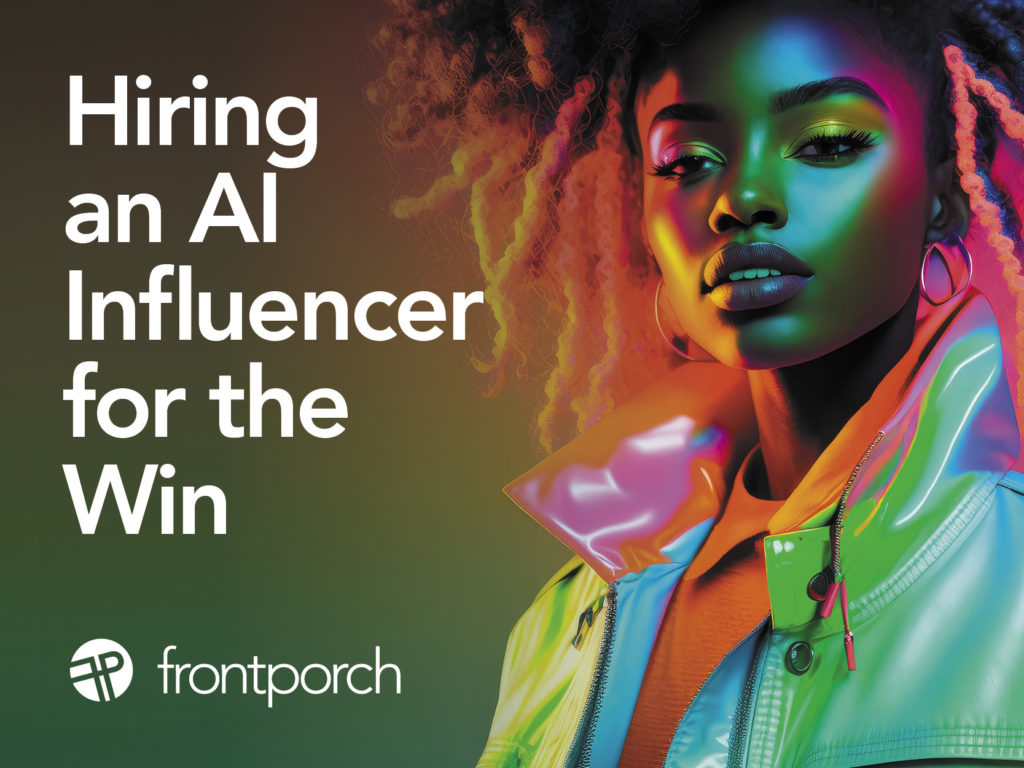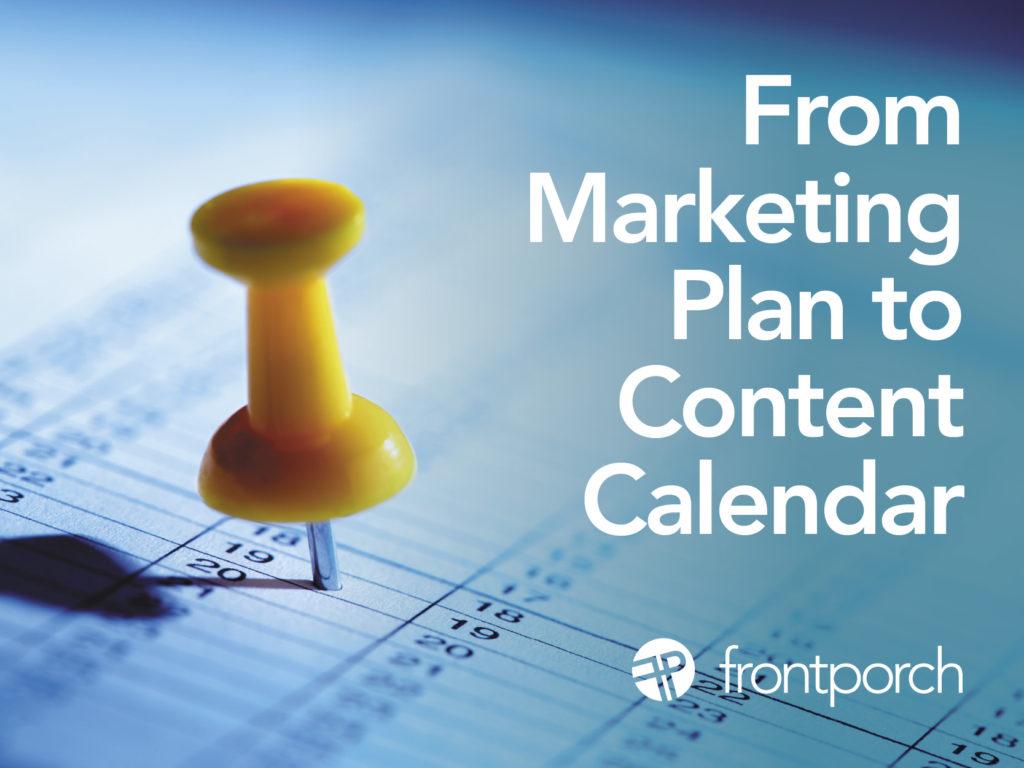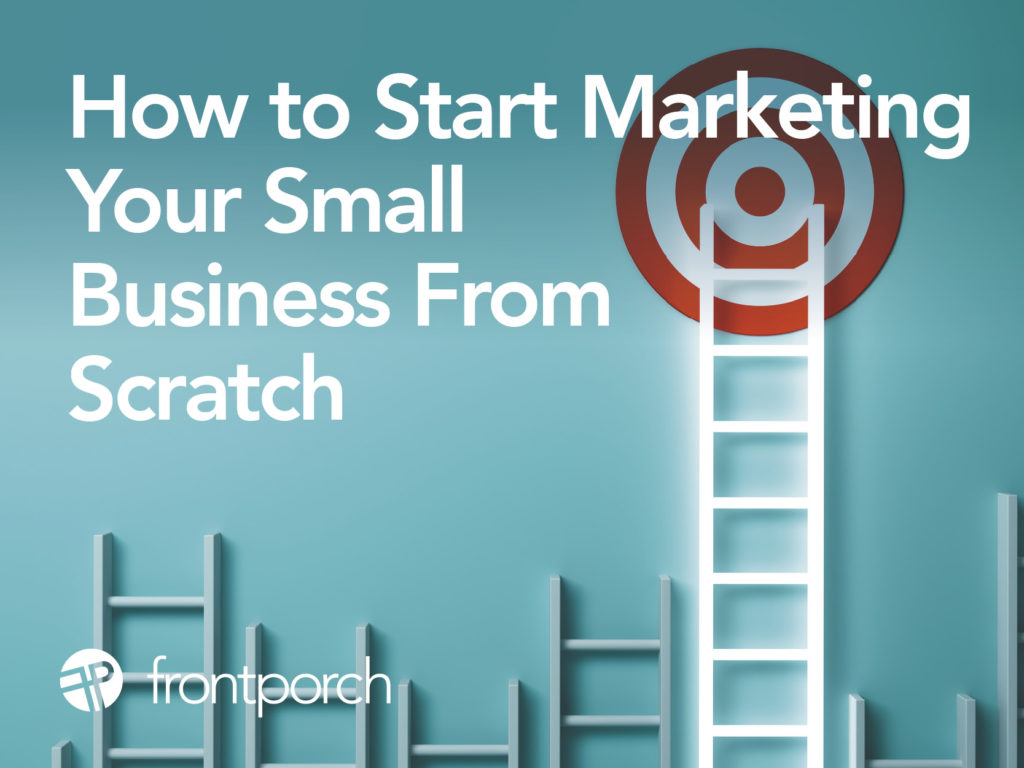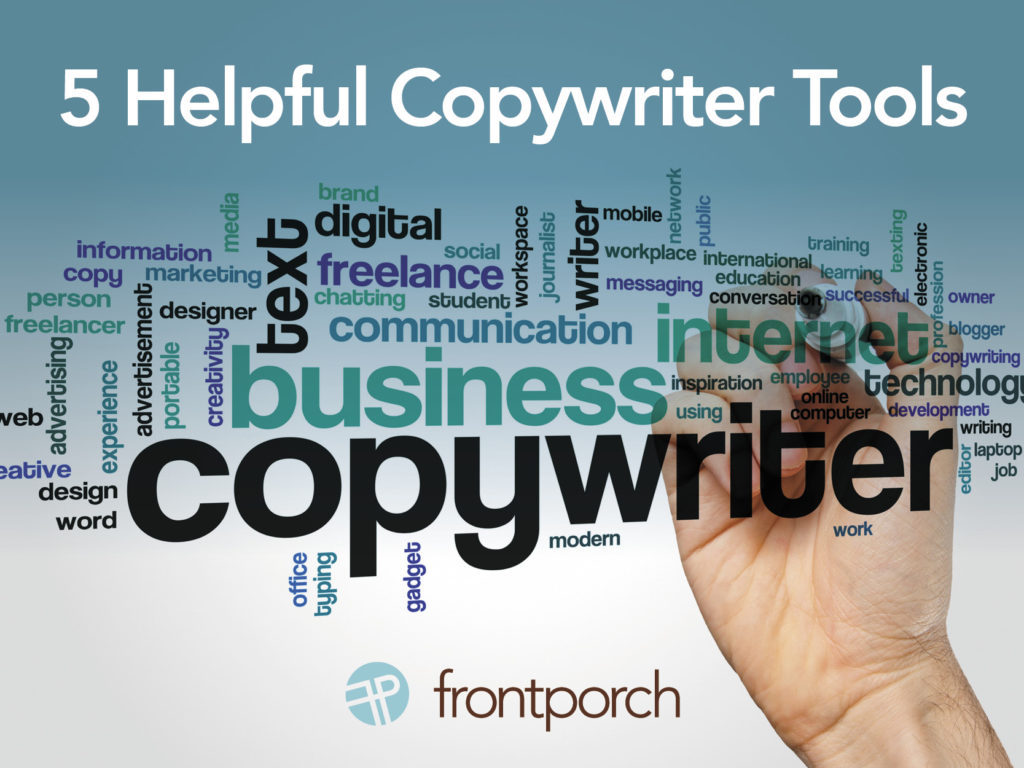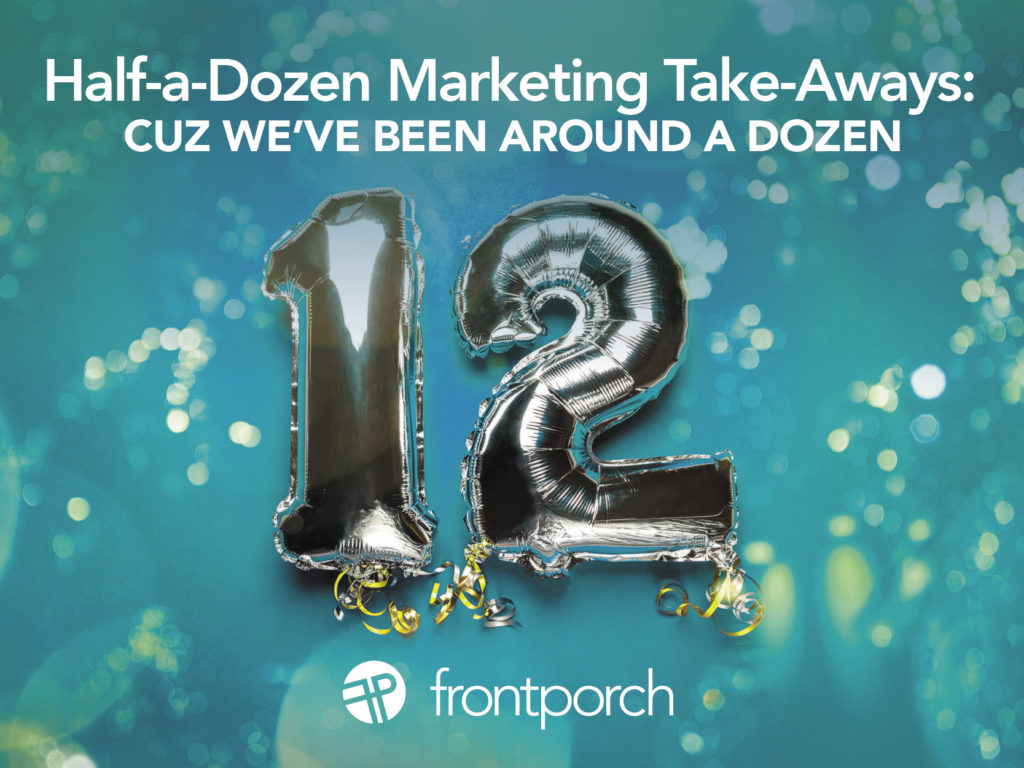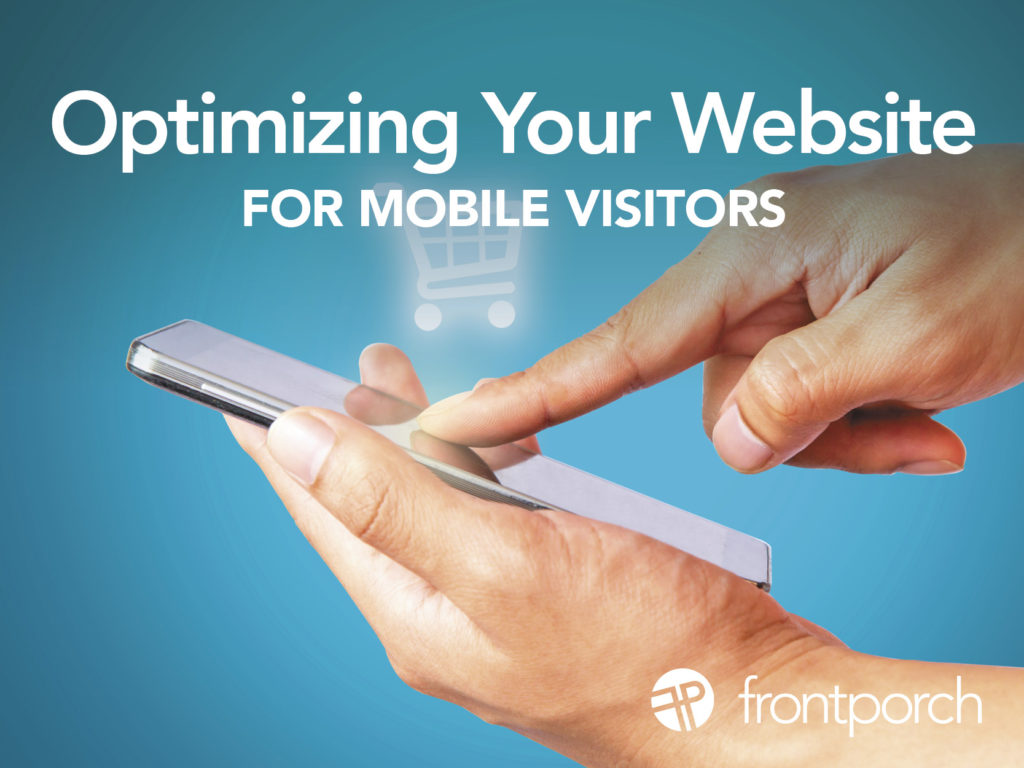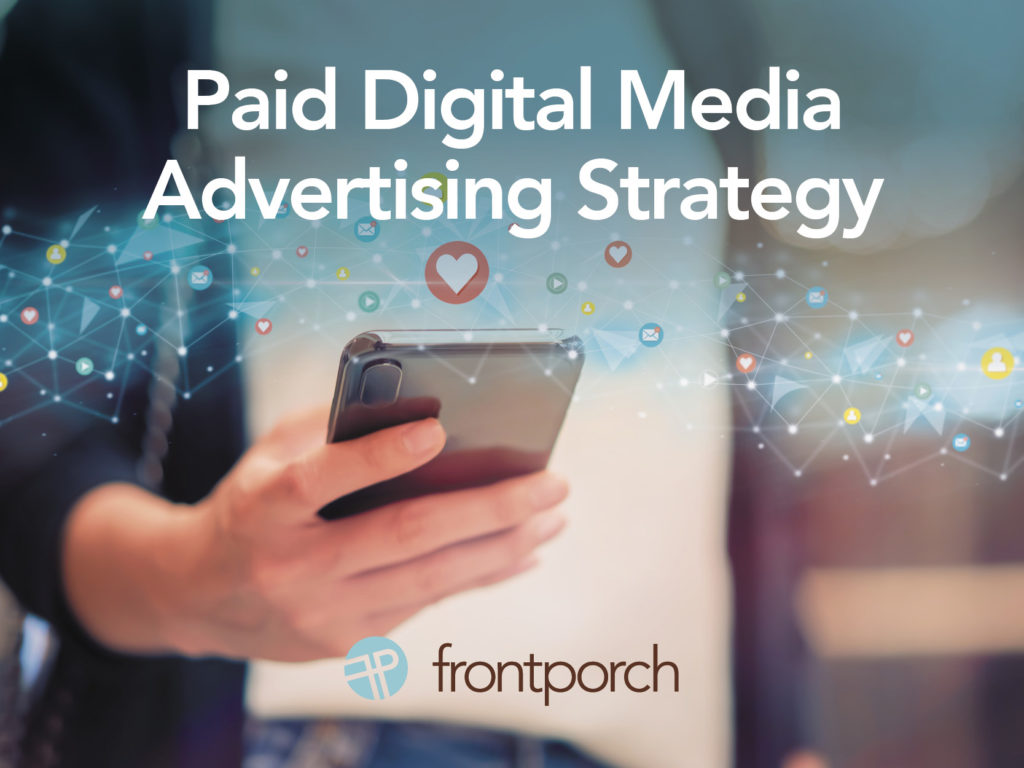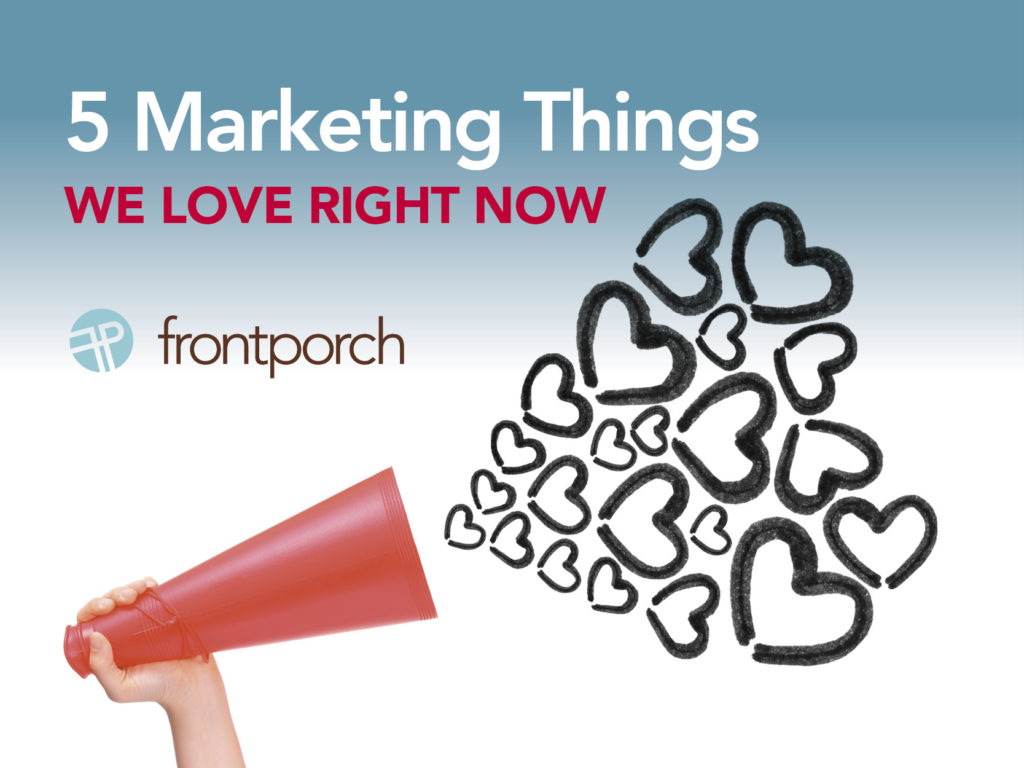
How Can Lead Generation Benefit Your Business?
Good question! You’ve heard about “Lead Generation” but aren’t sure what that is, how to do it, or if it can help you build your business, right? As a marketing firm that works on lead generation strategies and programs all the time, we’re here to answer your questions. So ask yourself these questions next:
- Interested in investing in the expertise of what a strategic, seasoned marketing partner can provide for your overall brand? Good. Read further.
- Ready to invest the resources, time, money, etc. to get there? Better.
- Know that the fundamentals of a brand architecture, brand strategy, message map, creative brief are key? Your competition and target customer are defined? Best.
Over the past two weeks, we have had new prospects reach out to us regarding lead generation. So, let’s rap about that specifically.
Let’s Get Started
What is it? Lead generation is the process of attracting and engaging your target audience. And then, converting them to customers. Engage your prospects. Build relationships. Turn leads into loyal customers. And loyal customers translate into sales.
Lead Generation Winning Strategies
There are lots. There is no silver bullet, one size fits all. Once all documents are reviewed and goals and target are considered, we recommend the right strategy for each business we work with at Front Porch Marketing.
Let’s name a few:
- Content Marketing. This really should be part of any of the processes below. It hits many buckets: social media, website, SEO and inbound marketing. Providing consistent, relevant content of value and establishing cred and authority with your prospects.
- Conversion Rate Optimization (CRO) and on page. This has to do with your website. Think forms, widgets and pop-ups to attract website visitors and produce leads by collecting information like email addresses for follow-up, or addition to a monthly newsletter.
- Customer Relationship Management (CRM). Platforms and tools — i.e. LinkedIn Sales Navigator, PipeDrive, Salesforce, ZoomInfo — can help identify and reach the optimal target audience for your business. Once you reach your audience these tools also help you nurture them. Turn them into loyal customers via email, SMS and other one-on-one relationship building communications.
What’s Your Next Step?
Our clients reap success using these strategies and tools. We can share success stories related to any of the bullets above. And, we are here to help you. Let us implement a repeatable process of lead generation and then scale it with strategies and tactics to grow your topline.

